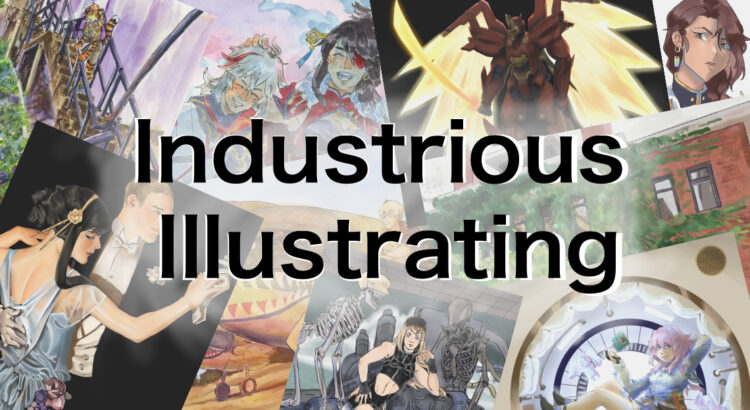Apologies for the lack of a post last week. I’ll make an extra post to make up for the gap.
Recently I realized that I’m lacking character design work, specifically turnarounds, in my portfolio. As a result, I decided to make more detailed character sheets for my cast of original characters for my cyberpunk/post-apocalyptic story idea “Blade of Seafoam”. If I were to one day make “Blade of Seafoam” into a video game or a comic where I have other artists assisting me (e.g. 3D modelers or character artists on a video game, art assistants on a comic) I would need to have these design sheets to pass along to other artists as a reference for how they should depict the characters. Even if I don’t end up doing anything substantial with the “Blade of Seafoam” story concept, I can still use these in my portfolio to apply for character design jobs with larger companies.


What I want to do next is work on turnarounds/orthographic (internal/detail) views of the mechs in Blade of Seafoam to better establish the world that these characters live in as well as demonstrate my ability to draw mechs when applying to video game art jobs. Stay tuned to see those!
Also, if anyone is interested in seeing me in real life, I’ll be selling my art in the Artist Alley at Con Ja Nai at the MLB on April 8th, and I hope to table at more conventions pending results! (I’m still waiting on artist alley application results from Anime Central and Dokidokon in particular).


















